-
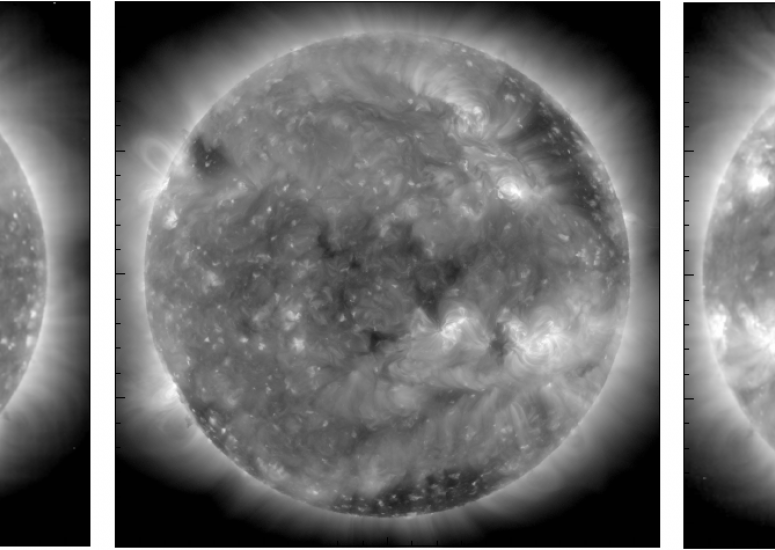
Planetary waves, first found on Earth, are discovered on Sun
The same kind of large-scale planetary waves that meander through the atmosphere high above Earth's surface may also exist on the Sun, according to a new study led by a scientist at NCAR.
- Sun + Space Weather
-
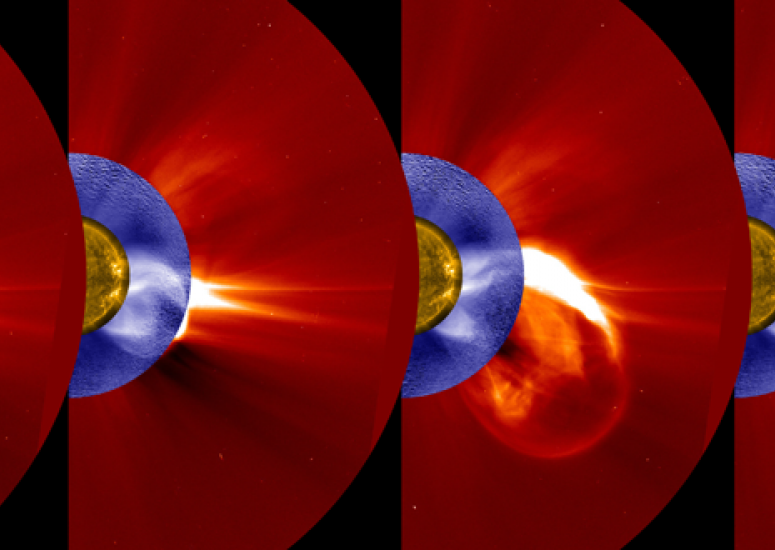
Space weather warnings could arrive earlier with NCAR coronagraph
A research instrument atop the Mauna Loa volcano in Hawaii could be used to provide earlier warnings to astronauts when dangerous high-energy particles are blasted out of the Sun's corona.
- Sun + Space Weather
-
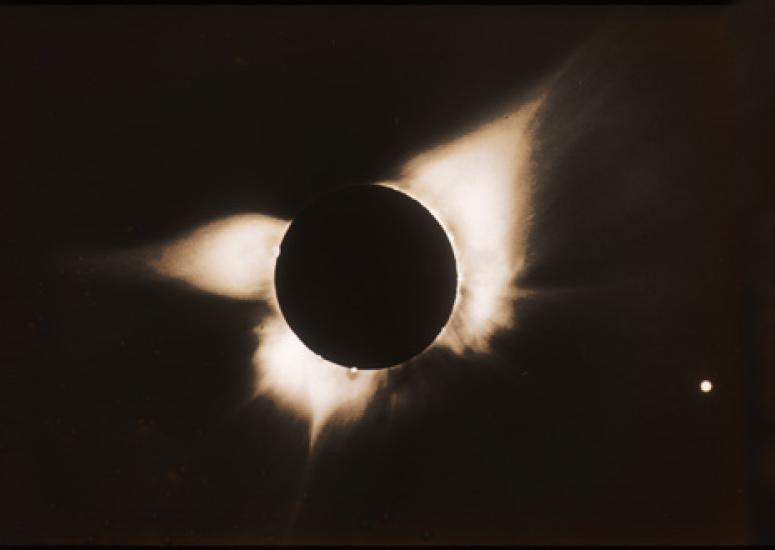
50 years ago: NCAR camera snaps game-changing eclipse picture
On Nov. 12, 1966, NCAR researchers used an innovative new camera to snap the finest picture of the solar corona ever taken up to the time.
- Sun + Space Weather
-
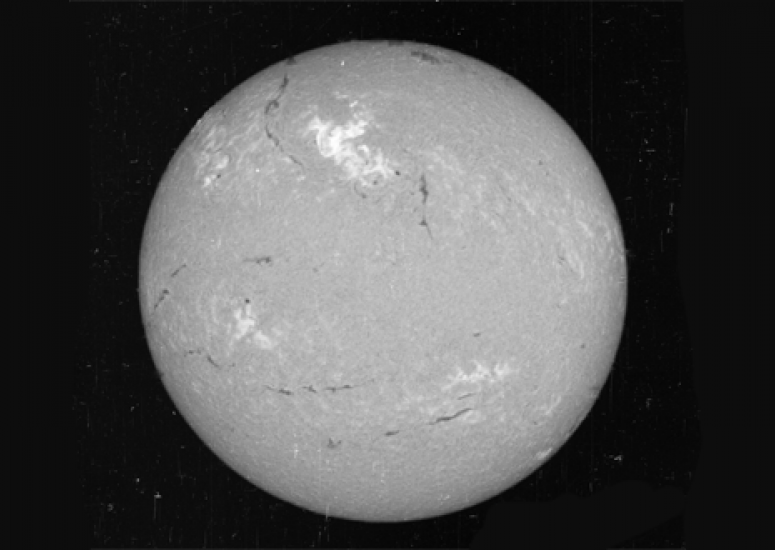
1967 solar storm nearly took U.S. to brink of war
Military space weather forecasters helped avoid a potential nuclear conflict between the U.S. and Russia when they alerted leaders that a solar storm may have been responsible for jamming radio and radar communications.
- Sun + Space Weather
-
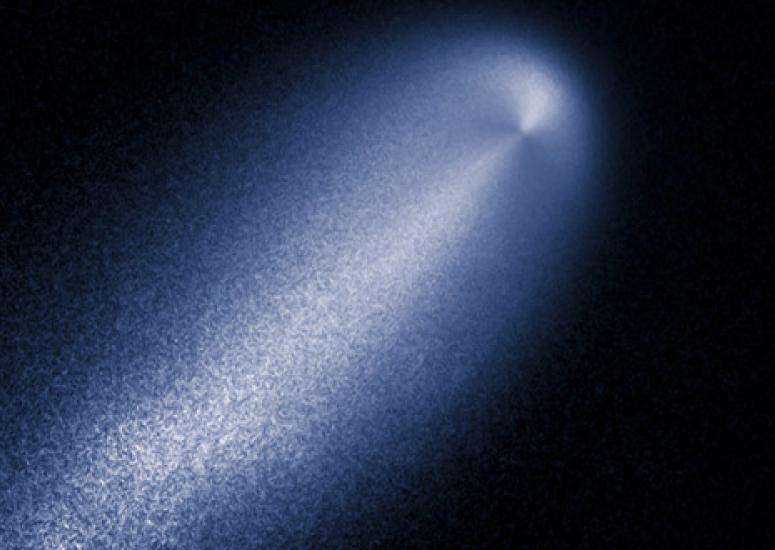
The comet that disappeared: What happened to ISON?
A new study sheds light on the mystery of Comet ISON, suggesting that the comet broke up before reaching the Sun.
- Sun + Space Weather
